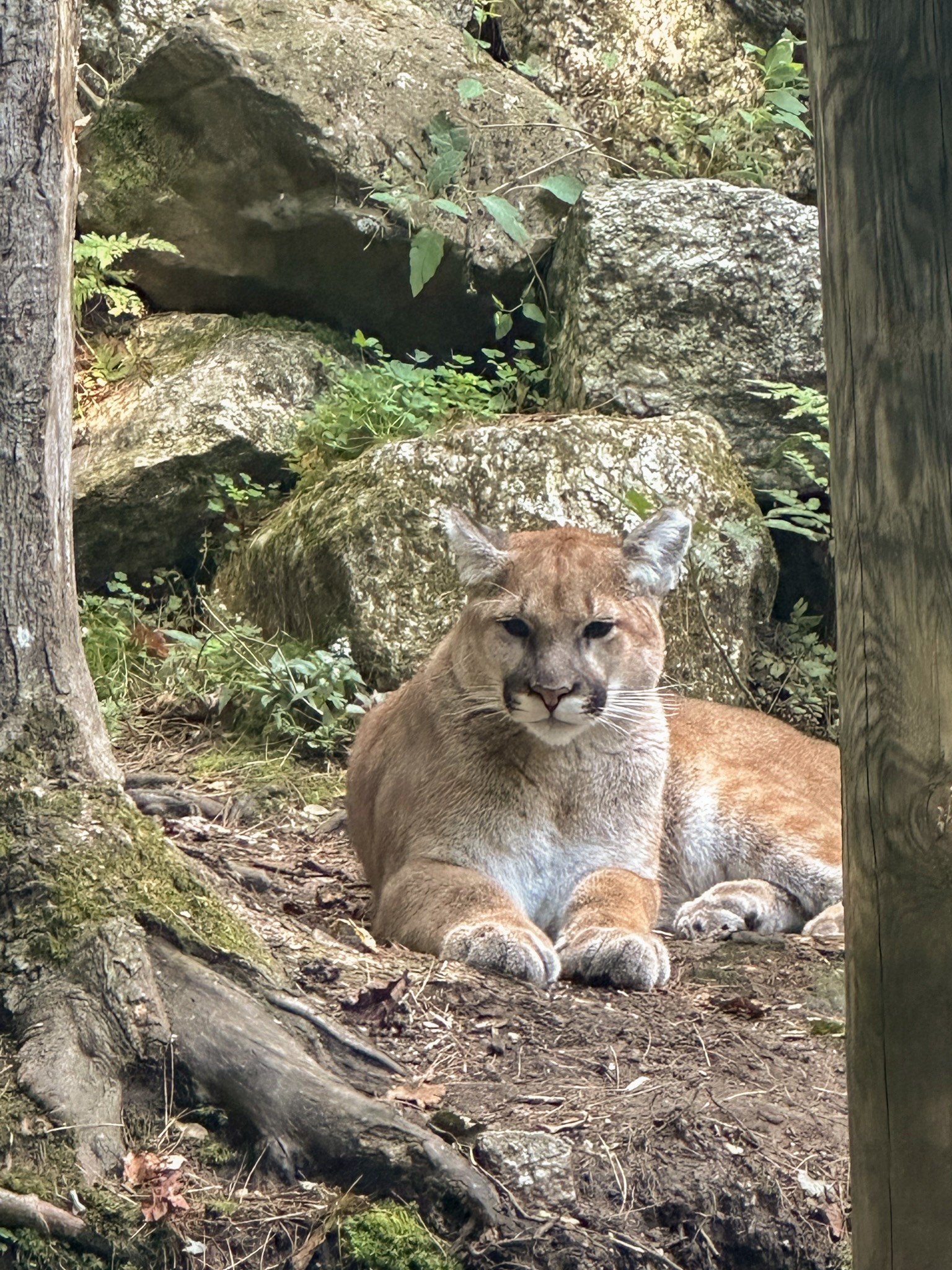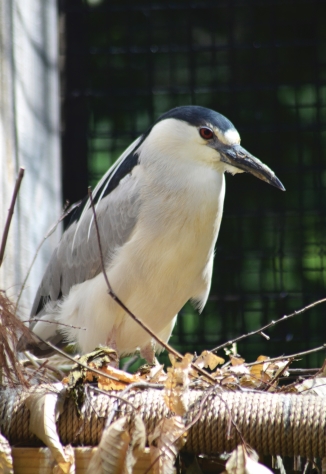Broad-winged Hawk
Buteo platypterus
| Kingdom | Animalia |
|---|---|
| Phylum | Chordata |
| Class | Aves |
| Order | Falconiformes |
| Family | Accipitridae |
| Genus | Buteo |
| Species | B. platypterus |
| Lifespan | typically up to 4 years (banding record 16 years 1 month) |
| Size | 32-39 inch wingspan; weight: 14-17 ounces |
| Eggs Laid | 2 to 3 eggs |
| Flight Speed | 20-40 mph |
| Status | Common |

About Broad-winged Hawks
What do Broad-winged Hawks look like?
These birds are about the size of a crow and are in a group of hawks called “buteos” or soaring hawks. Buteos have a chunky appearance, with broad wings and fan-shaped tails. Broad-winged Hawks have dark brown backs with reddish brown finely barred breast and belly; color under the wings is light with a dark border. Look for the most conspicuous detail – the tail has broad black and white bands (two white bands).
Where are Broad-winged Hawks found?
Broad-winged Hawks breed throughout the eastern United States and parts of Canada, migrating to Central and South America for the winter. As hawks of the woodlands, they prefer hardwood or mixed forest bordering lakes, streams and swamps. Their hunting strategy often consists of perching quietly on low tree limbs, searching for ground bound prey. Sometimes you can locate them by hearing their plaintive high-pitched whistling call (pweeeeee).
What do Broad-winged Hawks eat?
Prey is primarily rodents and reptiles but may occasionally capture large insects, frogs, crayfish and rarely small birds. Broad-winged Hawks can become prey too and are eaten by larger raptors such as Goshawks, Red-tailed Hawks and Great Horned Owls.
What special adaptations do Broad-winged Hawks have?
Sense of sight is highly developed in these hawks and they are able to spot prey from a great distance. Strong, sharp talons are used to grasp and kill prey while their beaks function in tearing pieces of meat.
How do Broad-winged Hawks raise their young?
Nests are usually built annually by both sexes – measuring 14-21 inches in diameter and made of twigs, bark, pine sprays or oak leaves. Nests are 15-50 feet high. Incubation is 25-28 days and young typically leave the nest at 5 weeks, although they stay in the nest area for about two more weeks while still being tended by the adults.
Fun Facts!
- Broad-winged Hawks in migration can be a spectacular sight! From late August into September, these hawks concentrate in groups that can reach hundreds and even thousands as they make their way south.
- Riding rising warm air currents, they swirl upward in what are called “kettles” before gliding off to the next natural elevator.
- Scarcity of food in late fall and winter is the reason for their migration.























